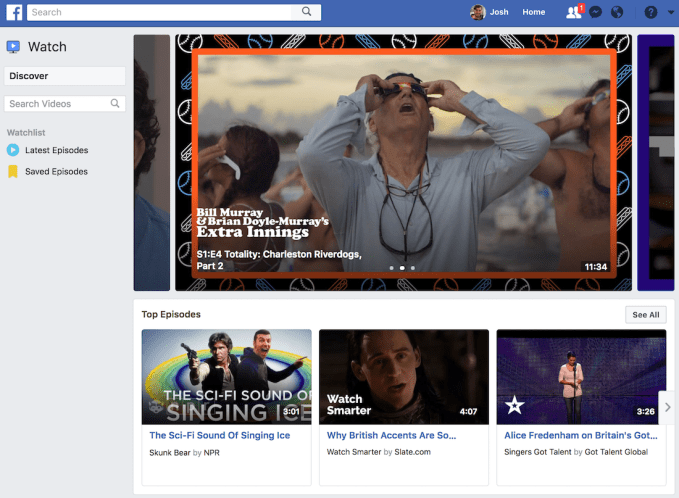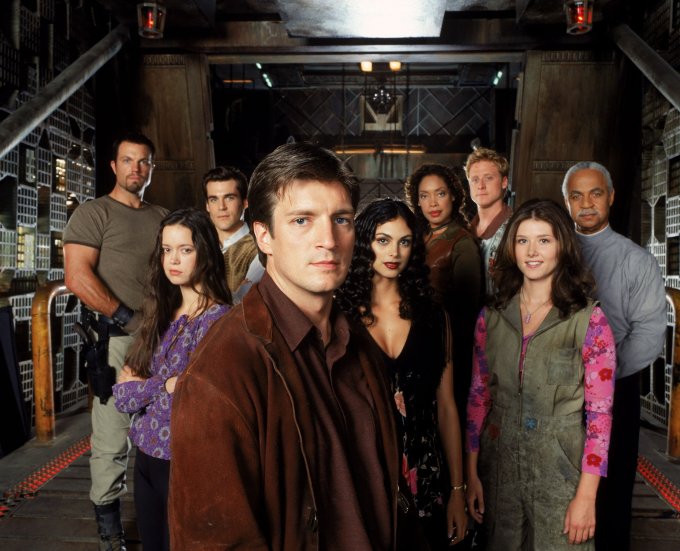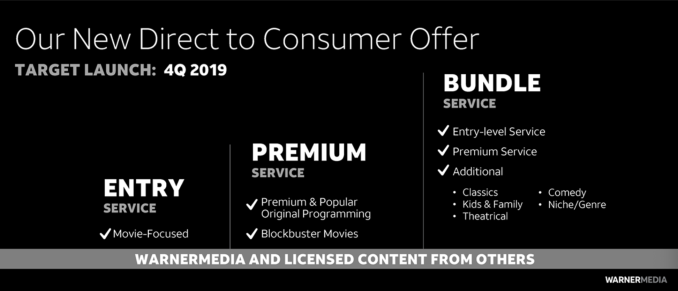In September, Hulu and Discovery announced a partnership for live and on-demand programming that would see Discovery’s content coming to Hulu’s streaming service. Today, as promised, those channels are going live with the launch of Discovery Networks programming across all of Hulu with Live TV packages.
That means Hulu with Live TV subscribers will now have access to five new channels in the core package, including Discovery, TLC, Motor Trend, Animal Planet and ID. This is the first time the content from these networks has been available live on Hulu’s service.
Hulu’s on-demand service subscription plan, however, offers a number of library episodes from the networks, including shows from Food Network, TLC and HGTV.
In addition to the expansion of the core package, Hulu’s new add-on bundles focused on Entertainment and Spanish programming are being expanded with Discovery Networks content, as well.
Earlier this month, Hulu announced the launch of these two new add-ons, which are small bundles of channels subscribers can opt to add on top of their core package. The $4.99 per month “Español” add-on, for example, offers live news and sports networks, including ESPN Deportes, NBC Universo, CNN En Español and History Channel En Español.
Now, it will include Discovery en Español and Discovery Familia as a result of the Hulu-Discovery partnership.
Meanwhile, the $7.99 per month Entertainment add-on has been offering live network feeds of LMN (Lifetime Movie Network), FYI, DIY Network, Cooking Channel and CNBC World.
It now gains Destination America, Discovery Family, Science, Discovery Life and AHC thanks to the deal.
Combined, the new channels bring a variety of popular lifestyle content to Hulu’s Live TV service, including shows like Fixer Upper, Chopped, 90 Day Fiancé, Naked and Afraid, Cupcake Wars, Deadliest Catch, Property Brothers, Alaskan Bush People and House Hunters, for example.
These sorts of home improvement shows and other light reality fare is something that on-demand services, like Netflix, haven’t quite caught up to. Netflix more recently has been rolling out originals like Nailed It! and Sugar Rush in the competition cooking space to help engage the reality TV audience, but hasn’t really had a breakout hit in the home improvement space.
Not doing more in reality TV could be to Netflix’s disadvantage. Hulu’s data has shown this content is often heavily binged, with one-third of Alaskan Bush People’s audience binge-watching the entire series, for instance.
And on Sundays, viewers are streaming multiple episodes of the other titles, it says, including 90 Day Fiancé, Property Brothers, House Hunters, Fixer Upper, Deadliest Catch, Naked and Afraid, Chopped and Cupcake Wars. The latter, Cupcake Wars, also saw its audience streaming 50 percent more hours this year than the last, the company noted.

Source: Tech Crunch








